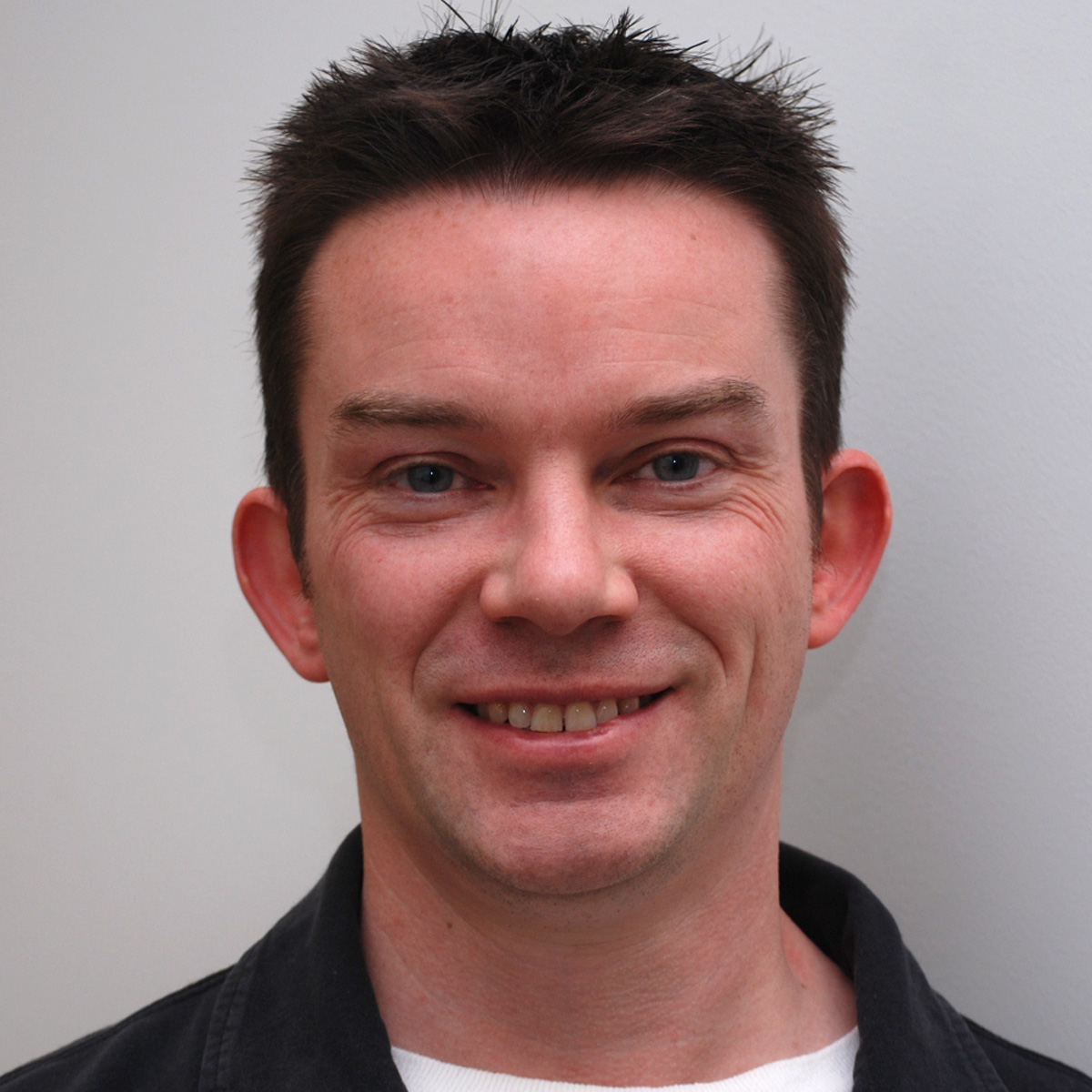The public is invited to a free talk called “Cassini’s Grand Finale,” with Conor Nixon in the Pickford Theater, third floor, Madison Building, Library of Congress, Washington, D.C., on Thursday, Sept. 7, from 11:30 a.m. to 12:30 p.m. EDT.
Cassini made its last close flyby of Saturn’s moon Titan on April 22. That flyby gave the spacecraft the push it needed to leap over Saturn’s rings and begin its final series of orbits, which pass between the rings and the planet. On Sept. 15, NASA’s Cassini spacecraft will experience a dramatic, mission-ending plunge into Saturn.
Since its launch in 1997, Cassini has revolutionized our understanding of Saturn, its complex rings, the fascinating assortment of moons and the planet’s dynamic magnetic environment. The most distant planetary orbiter ever launched, Cassini started making astonishing discoveries immediately upon arrival and continues today.
Over the course of its 13-year mission at Saturn, Cassini has made 127 close flybys of Titan, with many more-distant observations. Cassini also dropped off the European Space Agency’s Huygens probe, which descended through Titan’s atmosphere to land on the surface in January 2005.
Successes for Cassini during its mission include the revelation that, as researchers had theorized, there were indeed bodies of open liquid hydrocarbons on Titan’s surface. Surprisingly, it turned out Titan’s lakes and seas are confined to the poles, with almost all of the liquid being at northern latitudes in the present epoch.
The Cassini-Huygens mission is a cooperative project of NASA, ESA (European Space Agency) and the Italian Space Agency. NASA’s Jet Propulsion Laboratory (JPL) in Pasadena, California, manages the mission for NASA’s Science Mission Directorate in Washington. JPL designed, developed and assembled the Cassini spacecraft.
Nixon is a space scientist working in the Planetary Systems Laboratory at NASA’s Goddard Space Flight Center in Greenbelt, Maryland. He helped to build and test the Composite Infrared Spectrometer (CIRS) instrument that is carried aboard Cassini. His work is currently focused on the scientific analysis of the data from CIRS and he is actively involved in developing future instruments – and even entire missions – that may one day get the chance to fly in space and continue NASA’s exploration of the outer solar system. Nixon has worked at NASA since 2000 when he joined the Cassini mission team at Goddard. Previously, he studied science in the U.K. at Oxford and Cambridge universities, after growing up and attending school in Belfast, Northern Ireland.
The Library of Congress maintains one of the largest and most diverse collections of scientific and technical information in the world. The Science, Technology and Business Division provides reference and bibliographic services and develops the general collections of the library in all areas of science, technology, business and economics.
The Library of Congress is the nation’s oldest federal cultural institution and the largest library in the world and holds nearly 151.8 million items in various languages, disciplines and formats. The library serves Congress and the nation both on-site in its reading rooms on Capitol Hill and through its award-winning website.
For inquiries about this or upcoming talks at the Library of Congress, the public can contact the library’s Science, Technology and Business Division at 202-707-5664. ADA accommodations should be requested five business days in advance at 202-707-6382 (voice/tty) or ada@loc.gov.
The lecture will be later broadcast on the library’s webcast page and YouTube channel “Topics in Science” playlist.
For more information contact Stephanie Marcus at 202-707-1212 or smar@loc.gov or visit: http://blogs.loc.gov/inside_adams/
For directions, visit: http://www.loc.gov/visit/maps-and-floor-plans/
For more information about Conor Nixon, visit: https://science.gsfc.nasa.gov/sed/bio/conor.a.nixon
For more information about Cassini’s final mission, visit:
For more information about the Cassini mission, visit: https://www.nasa.gov/cassini
Robert.j.gutro@nasa.gov / Lora.v.bleacher@nasa.gov
Banner Image This artist’s rendering shows Cassini as the spacecraft makes one of its final five dives through Saturn’s upper atmosphere in August and September 2017.
Credits: NASA/JPL-Caltech
Rob Gutro / Lora Bleacher
NASA’s Goddard Space Flight Center, Greenbelt, Md.
301-286-0697 / 2009




























